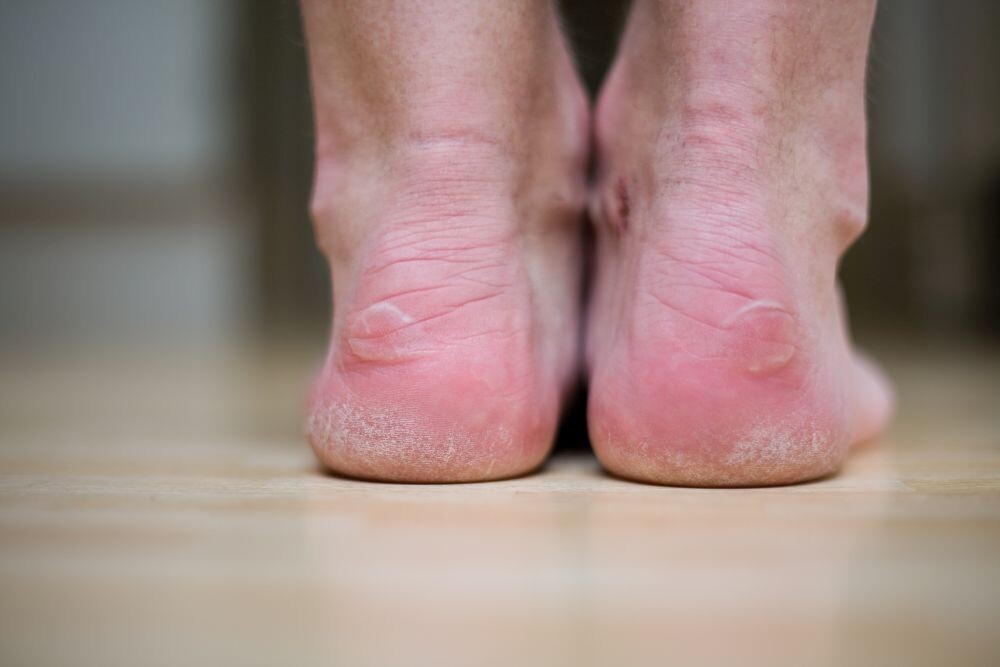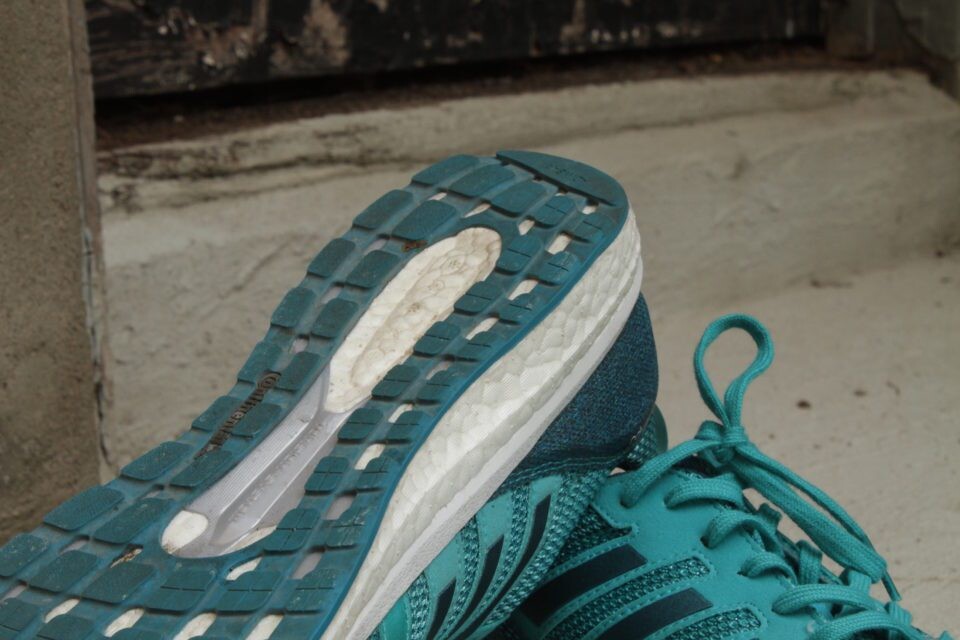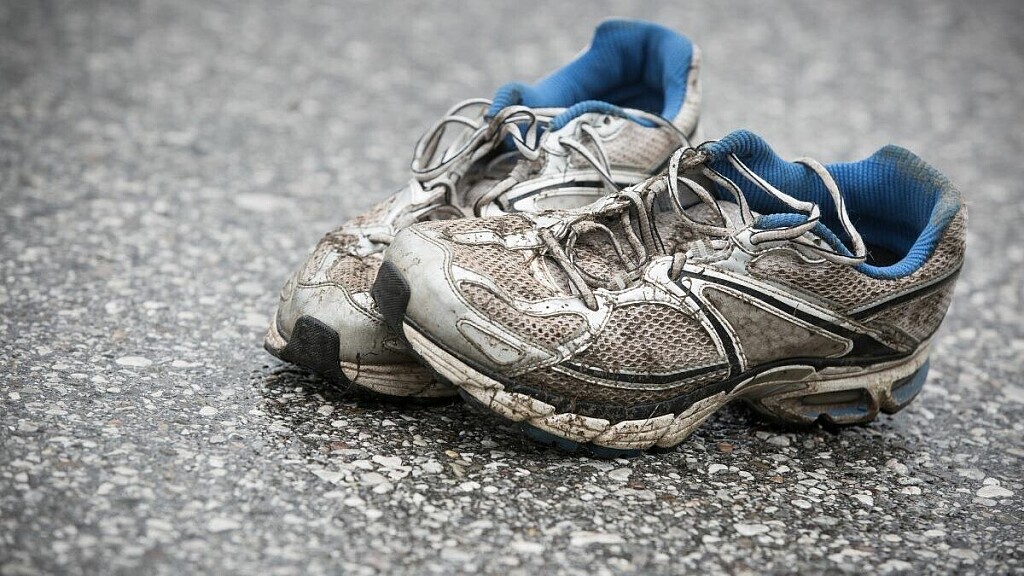Running News Daily
Running News Daily is edited by Bob Anderson. Send your news items to bob@mybestruns.com Advertising opportunities available. Train the Kenyan Way at KATA Kenya and Portugal owned and operated by Bob Anderson. Be sure to catch our movie A Long Run the movie KATA Running Camps and KATA Potato Farms - 31 now open in Kenya! https://kata.ke/
Index to Daily Posts · Sign Up For Updates · Run The World Feed
Five signs that you need new running shoes
Each year, warm weather brings out many new runners to run clubs or to start the sport. When you’re new to any sport, you work with the equipment you have. Running shoes are more than just footwear; they play a pivotal role in helping you become a better runner and chase your goals. Wearing worn-out shoes can lead to discomfort and injury, and can hurt your performance. Here are five dire signs that indicate it’s time to invest in a new pair of running shoes.
1.- They aren’t running shoes
This one may seem straightforward, but after attending a few run clubs, I’m amazed at how many individuals still run in worn-out skateboarding shoes or cheap trainers. Compared to other sports, running has a low entry cost. Even if you aren’t sure what you’re looking for, ask around or drop in to your local running store. You can tell them your goals, and the staff will recommend a few options for you to try out.

2.- Shin splints
Your running shoes should be the most comfortable pair of shoes you own. If you start experiencing shin splints or any pain or discomfort in your feet, it’s a sign that your shoes aren’t providing adequate support, or they may not be right type of running shoes for you. The foam in running shoes deteriorates over time (even if you aren’t using them for running), leading to less shock absorption and more stress on your joints and muscles.

3.- Worn-out soles
The most obvious sign you need to buy new running shoes is visible wear and tear on the outsole. Examine the soles of your shoes for uneven wear patterns, which can indicate that the cushioning and support are compromised. The outsole is designed to provide grip and stability, but over time it can wear down and become flat, particularly in high-impact areas like the heel and forefoot. A flattened outsole not only reduces traction, but also affects the overall structure and support of the shoe. If your shoe’s outsole is noticeably worn and smooth, it’s a clear indication you need a new pair. On average, a new pair of running shoes should last between 400 and 700 kilometers.
4.- Frequent blisters
If you are getting nonstop blisters every time you run, getting fitted for a new pair of shoes is a quick fix. Blisters indicate that your current shoes do not fit properly, are too old or aren’t meant for your foot type and running style. Shoes that are too tight, too loose or have a shape that doesn’t match your foot can cause friction, which leads to blisters. You need to get fitted at a running specialty store for a new pair of shoes.
5.- Compressed cushioning
A critical function of every running shoe is to provide cushioning for your landings. Over time, the foam in the midsole compresses and loses its ability to rebound and provide adequate support. Even if you aren’t tracking the miles in the shoes, there’s still a way to test if they are worn out. Put your hand inside the shoe and push against the midsole, with your other hand on the bottom of the outsole. If it feels hard or you can feel the force of your hand, it’s a sign that the cushioning is worn out. The pounding of your body weight against the ground is a lot more force than your hand, so if you can feel anything, it’s a clear-cut sign the shoes need to be replaced. Continuing to run on compressed cushioning can lead to increased fatigue and possible injury.
by Marley Dickinson
Login to leave a comment




